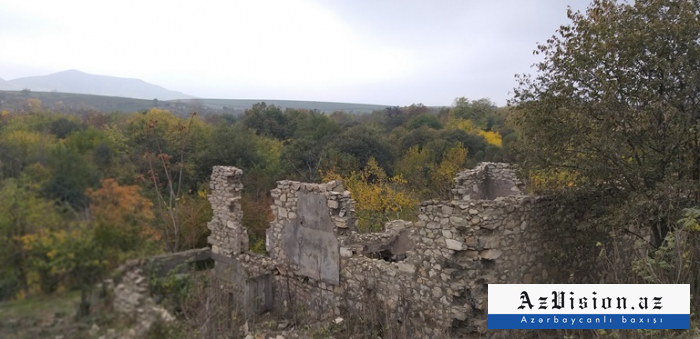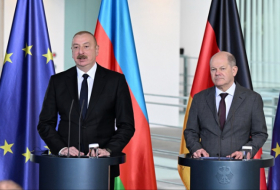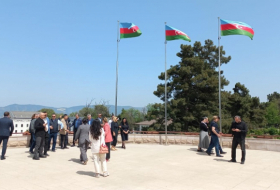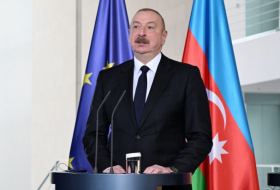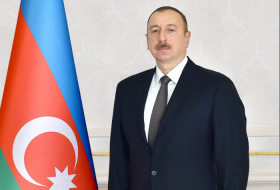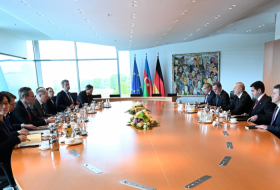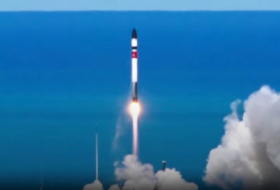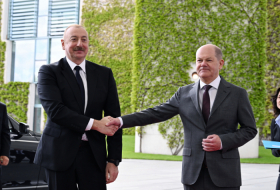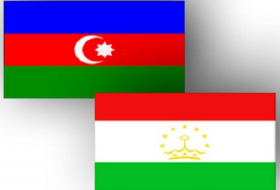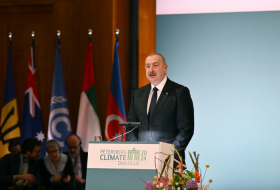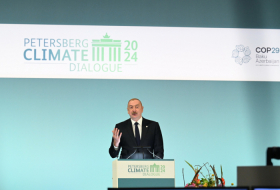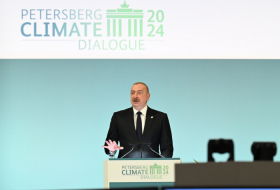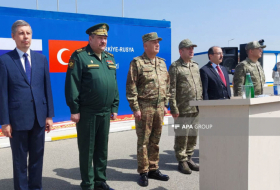A correspondent of Russian Komsomolskaya Pravda online newspaper Valentin Alfimov prepared an article about the liberated lands of Azerbaijan [liberated from Armenian occupation in the 2020 Karabakh war], AzVision.az reports.
"The first thing I saw at the airport in Baku was a banner with the ‘Karabakh is Azerbaijan’ inscription. The same banner is posted at the exit from it, and then at bus stops on the way to the city and again in the capital itself on each second building and every fifth car,” Alfimov wrote.
“The Azerbaijanis themselves call the second Karabakh war as the patriotic. An employee of Azerbaijan’s Presidential Administration Fuad Akhundov explained to me - In the Great Patriotic War, Germans captured 9 percent of the territory of the Union [USSR], and we had - 20 percent [occupied by Armenia]. How can we call it [the second Karabakh war] differently?" the journalist noted.
"I entered Karabakh from the south. The first point was the city of Fuzuli. The local people call these territories as lowland Karabakh, and the landscape really could be described so: there are many fields, but through each couple of kilometers there are huge anti-tank pits, and immediately behind them - the shaft and the hedgehogs [static anti-tank metal obstacles],” he further noted. “Next there follows the minefield, then again the pit with the shaft and so on 6 or 7 rows. Along the road there are shields, visually showing that no one must drive any centimeter away from the road, nor go due to mines all around. Even special ‘pockets’ have been organized, from which cars must turn back - God forbid, the cars turn back on the road itself”.
“In general, the liberated territories of Karabakh represent no burnt but abandoned land. Tens of villages, hundreds of houses are in ruins, but not from mines and shells. The reason is that no one lived here for almost 30 years,” the journalist said. “These lands were a zone of security between Karabakh and Azerbaijan [other territories of the country]. There are thousands of hectares of abandoned land. The population was only in the cities of Shusha, Kalbajar and Hadrut, while on the remaining lands there were only military servicemen and wind.”
“In these places, even an ordinary travel sign creates an unusually strong impression. There is a sign with the name of the village and an arrow to the left, and there neither village, nor the road itself, except the grass and the burned tank, and then, along the way, the traces of the recent war are encountered," he added.
The journalist also shared his impressions from his visit to Kalbajar city.
"Now the city is ideal for filming an apocalypse movie, in which the catastrophe took place. That's how the most beautiful city in the picturesque corner of the Caucasus looks today. The Armenians [illegally settled in the city] left it as soon as they were informed that Azerbaijani Army took over a mountain passage from the side of Ganja [city],” Alfimov said. “They took cattle, burned all houses, even barns, and also chopped gardens. Today in the city there are only two roofs - on the building of the police station and the military hospital.”
“Another city returned by Azerbaijanis is the settlement of Hadrut. The settlement is covered with a thick layer of dust from rattling trucks, which carry building materials - to restore destroyed homes, but the main ‘construction of the century is being conducted, of course, in Shusha,” he further noted. “Azerbaijan’s government declared it the cultural capital of the country. The queue of trucks in the city in front of the checkpoint of peacekeepers [Russian peacekeepers] stretched for a couple of kilometers. The truck numbers are mainly Azerbaijani, but there are also Turkish and Iranian ones (up to the border with Iran - a couple of hundred kilometers).”
“In general, the construction in Karabakh is impressive. According to the plans of the authorities of Azerbaijan, there will be two airports and a six-lane highway. The fields haven’t been demined yet, and it’s possible to walk on them only after about five years of hard work, and tractors and bulldozers are already shoveling the land for building the highway,” the journalist noted.
“They [Azerbaijani authorities] promise to fully restore the region and return the inhabitants in a couple of years. Almost a million people whose families abandoned these lands in the early 1990s have already stated that they are ready to return, and besides them - another half a million Azerbaijanis are ready to move to new ‘smart villages’ in the mountains,” concluded Alfimov.
More about:








